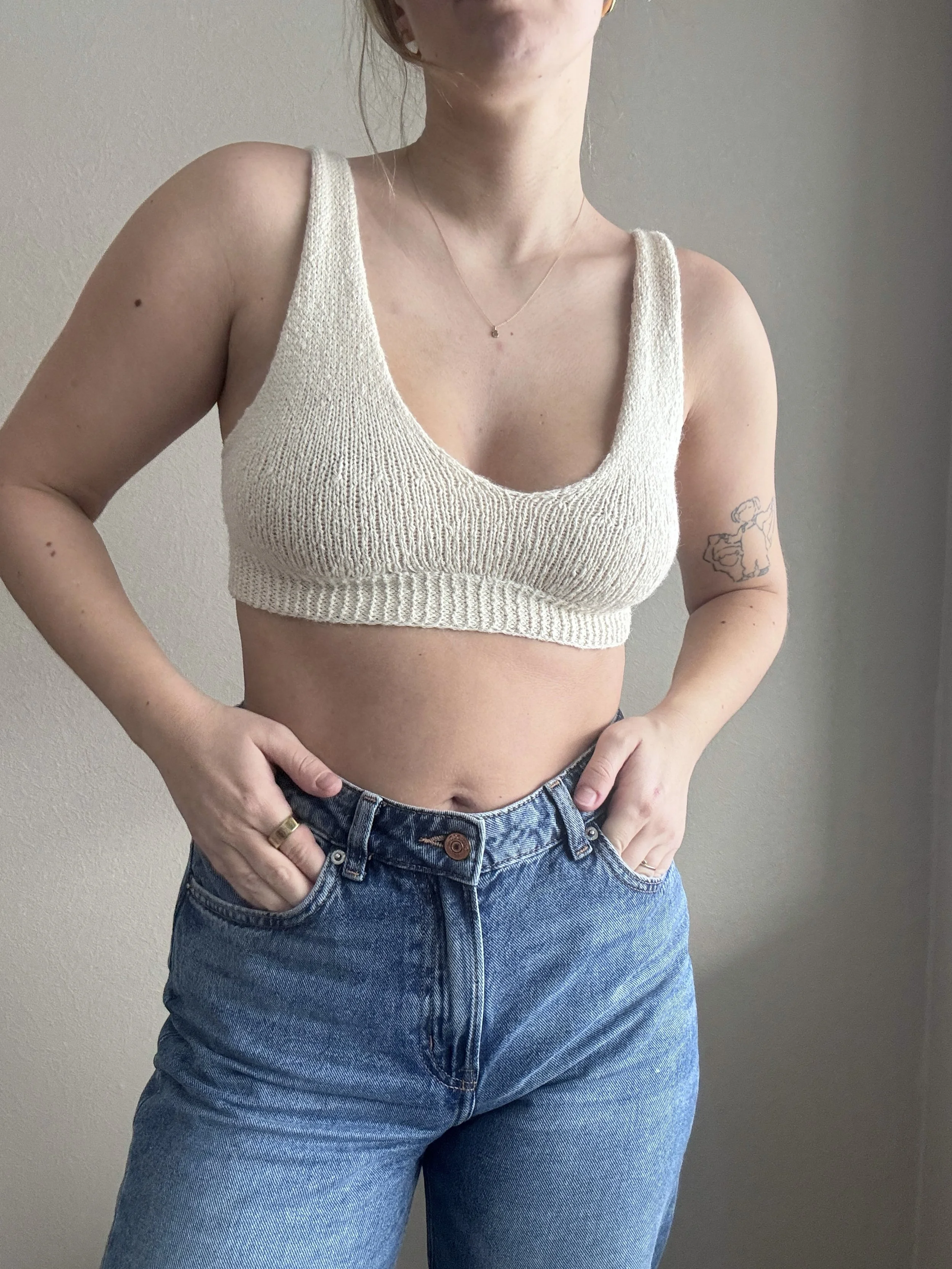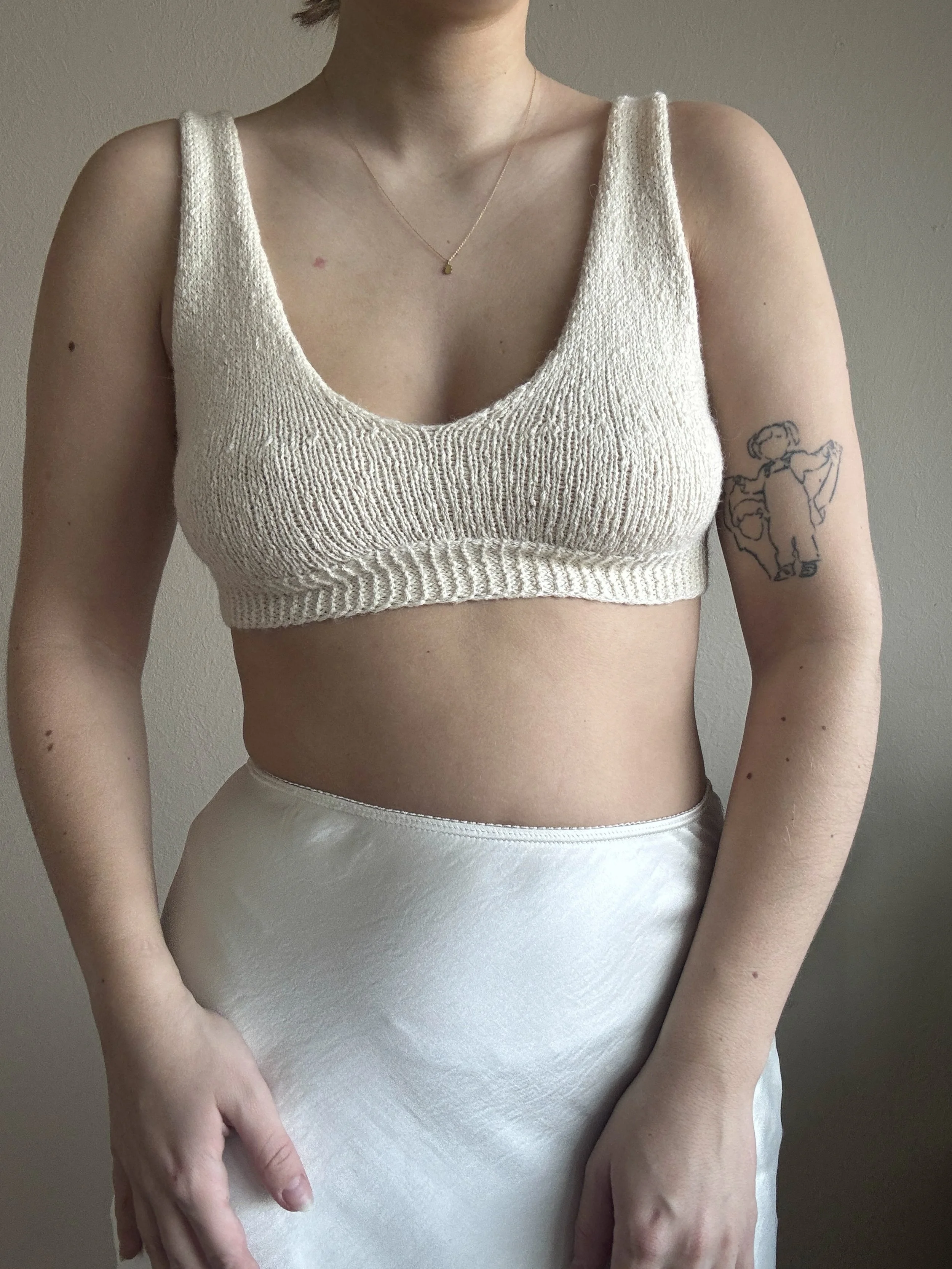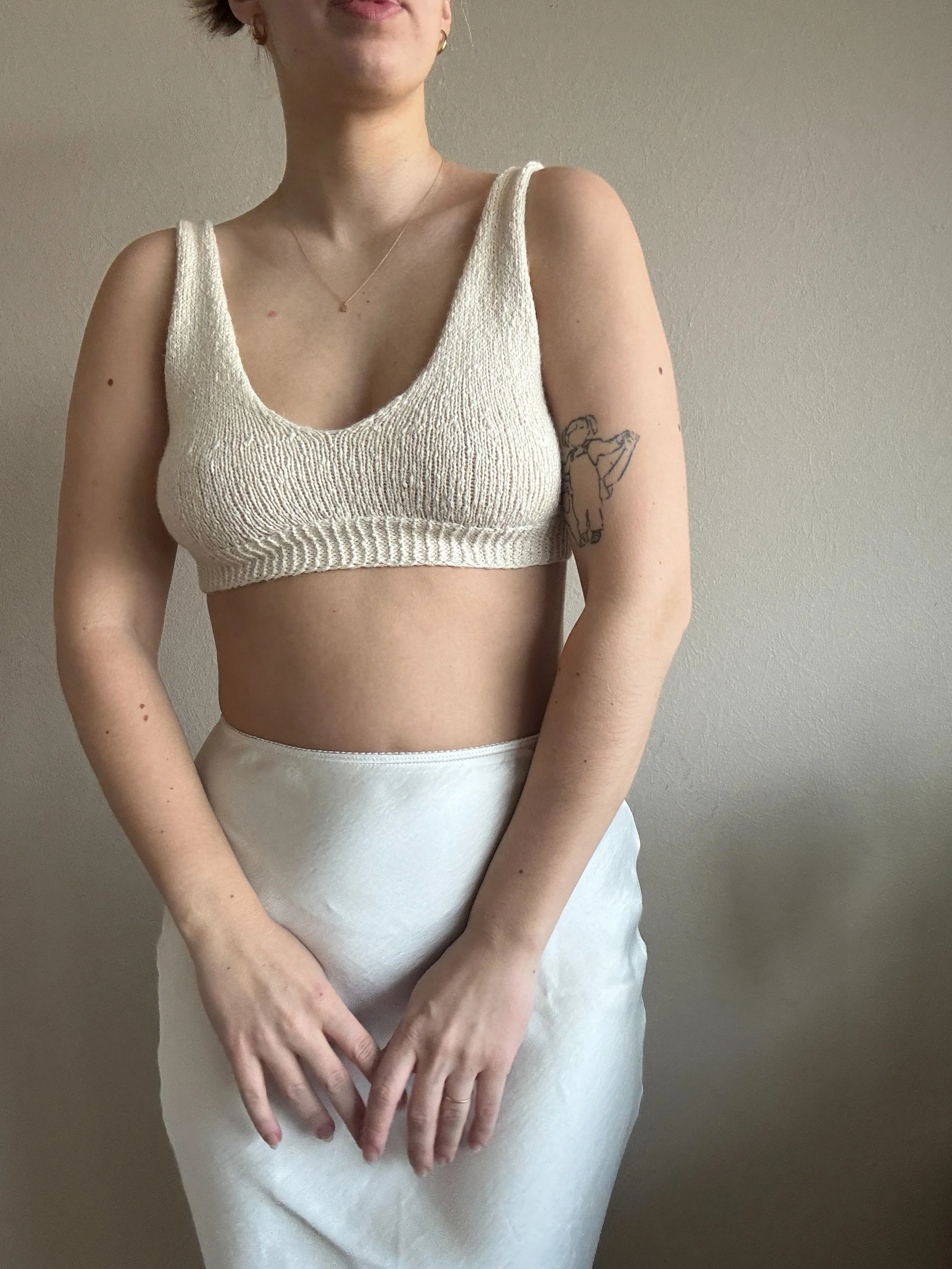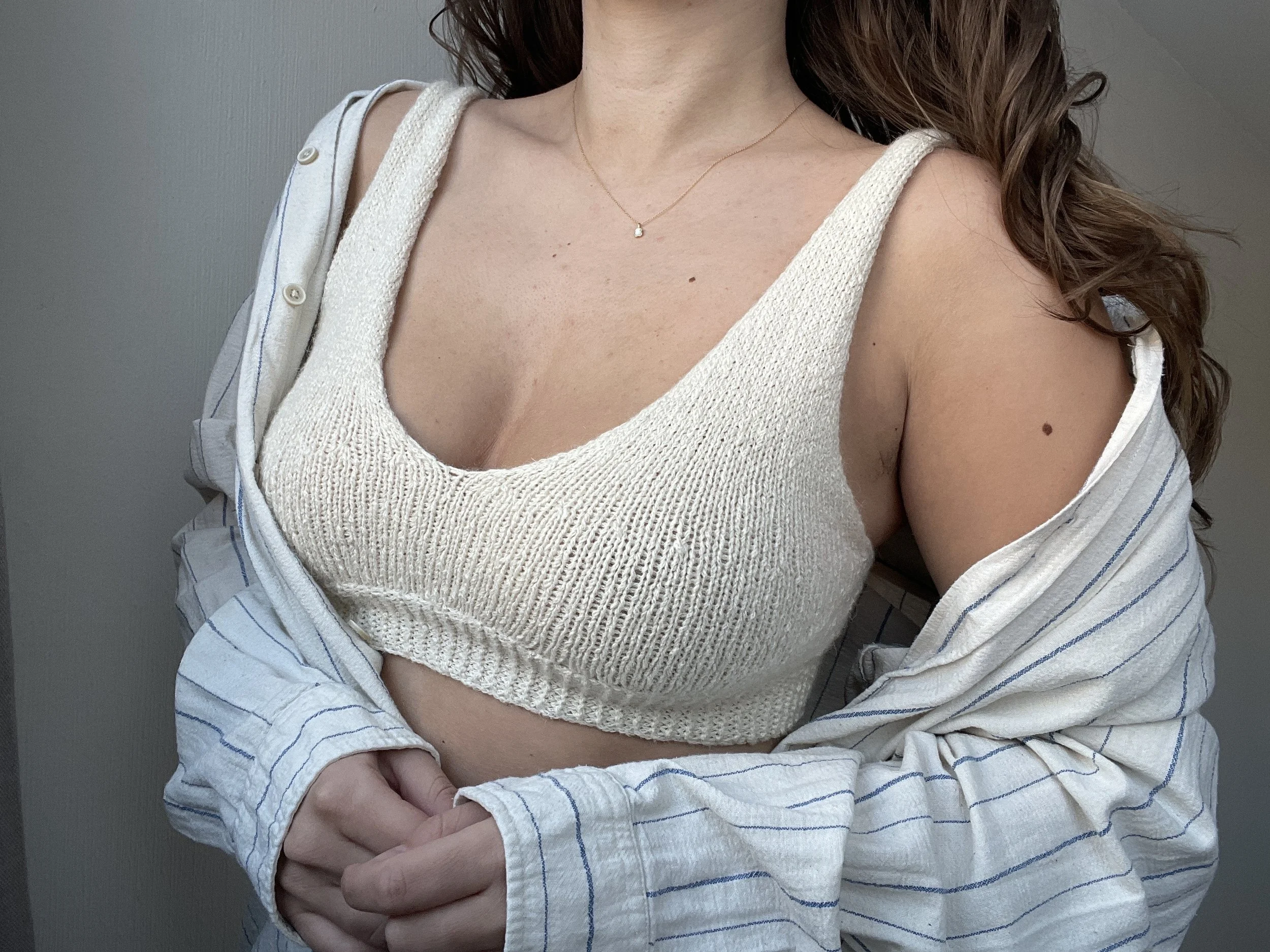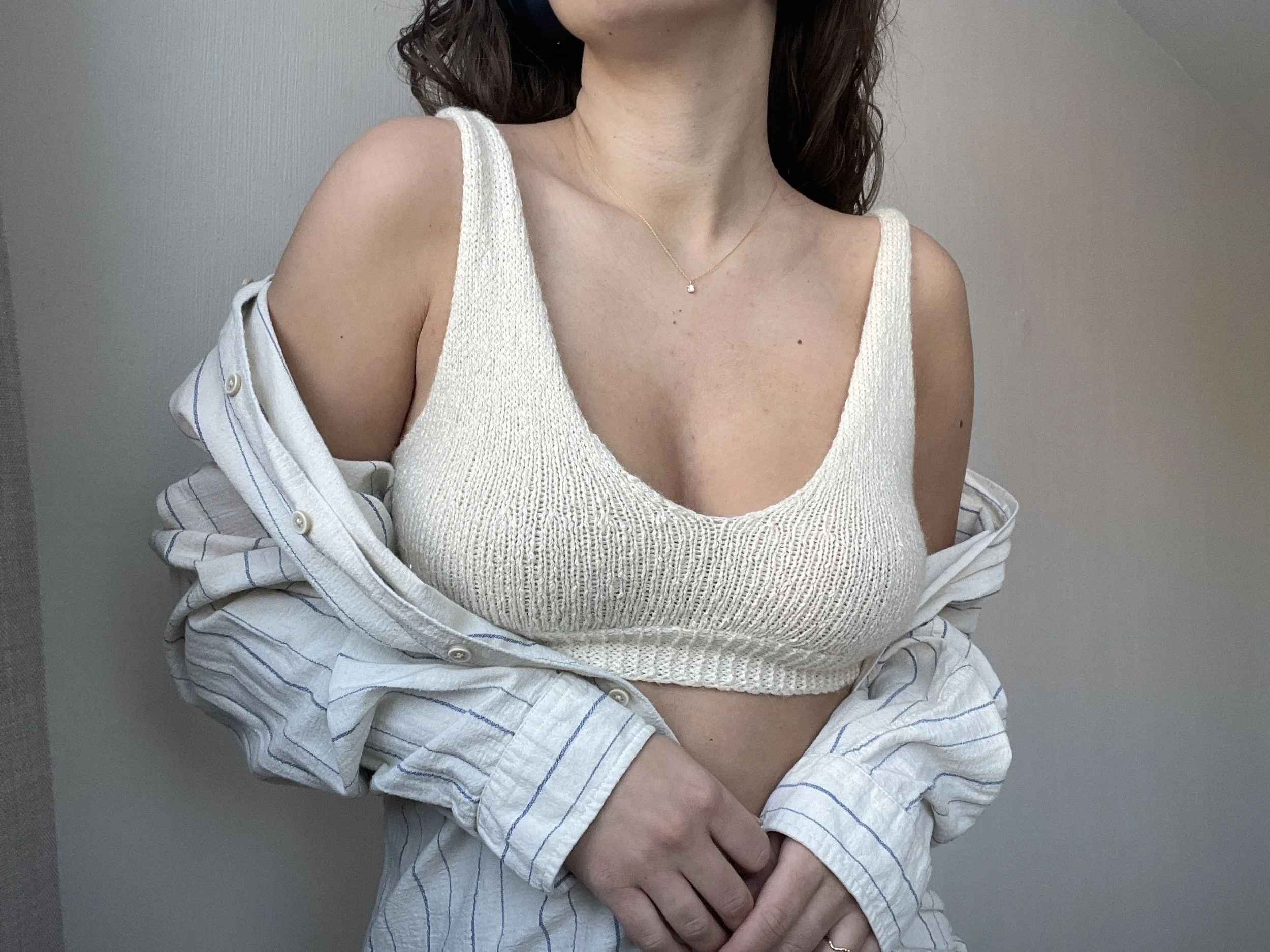 Image 1 of 1
Image 1 of 1


Flurry Cardigan EN
Flurry cardigan is either knit top-down in the round and steeked, or knit flat. For the steeked version, stitches are cast on for the yoke, which is then worked with raglan increases and colourwork in the round. For the flat version, stitches are cast on for the yoke and knitted flat with raglan increases and colourwork. When the yoke is finished, the stitches of the body are put on hold. The sleeves are knitted in the round with decreases under the arm and a ribbing at the end. The body is then knitted in the round or flat depending on your version, and finished with a ribbing. The steeked version will now be required to sew and cut along the middle of the front of the garment. Stitches are picked up for the opening, and knitted in a ribbing with openings for button holes on the right side. The neck is then picked up and knitted flat.
Difficulty: 2 out of 3
Sizes: 1 (2) 3 (4) 5 (6)
Cardigan circumference: 111 (121) 133 (143) 149 (163) cm
The cardigan has a recommended positive ease of 26-36 cm. Measure yourself around the chest and thus determine your size. The model in the picture is wearing a cardigan in size 2 and measures 89 cm around the chest, which gives a positive ease of 30 cm.
Yarn and materials
2 strands of Loch Lomond GOTS (100% Wool. 50g = 150m) in each colour or 1 strand of Hamelton Tweed 2 GOTS (90% Wool, 10% Viscose. 50g = 60m) in each colour from BC Garn.
Main colour: 400 (450) 450 (500) 550 (600) g
Contrast colour: 300 (350) 350 (350) 400 (400) g
Buttons: 5 duffel buttons with length 25-35 mm. The buttons used in the model are 30 mm long.
Gauge: 14 stitches in colourwork on needle 7 mm correspond to 10 cm in width after washing.
Needles: 7 mm circular needle, 60 or 80 cm long
6.5 mm circular needle, 60 or 80 cm long
Flurry cardigan is either knit top-down in the round and steeked, or knit flat. For the steeked version, stitches are cast on for the yoke, which is then worked with raglan increases and colourwork in the round. For the flat version, stitches are cast on for the yoke and knitted flat with raglan increases and colourwork. When the yoke is finished, the stitches of the body are put on hold. The sleeves are knitted in the round with decreases under the arm and a ribbing at the end. The body is then knitted in the round or flat depending on your version, and finished with a ribbing. The steeked version will now be required to sew and cut along the middle of the front of the garment. Stitches are picked up for the opening, and knitted in a ribbing with openings for button holes on the right side. The neck is then picked up and knitted flat.
Difficulty: 2 out of 3
Sizes: 1 (2) 3 (4) 5 (6)
Cardigan circumference: 111 (121) 133 (143) 149 (163) cm
The cardigan has a recommended positive ease of 26-36 cm. Measure yourself around the chest and thus determine your size. The model in the picture is wearing a cardigan in size 2 and measures 89 cm around the chest, which gives a positive ease of 30 cm.
Yarn and materials
2 strands of Loch Lomond GOTS (100% Wool. 50g = 150m) in each colour or 1 strand of Hamelton Tweed 2 GOTS (90% Wool, 10% Viscose. 50g = 60m) in each colour from BC Garn.
Main colour: 400 (450) 450 (500) 550 (600) g
Contrast colour: 300 (350) 350 (350) 400 (400) g
Buttons: 5 duffel buttons with length 25-35 mm. The buttons used in the model are 30 mm long.
Gauge: 14 stitches in colourwork on needle 7 mm correspond to 10 cm in width after washing.
Needles: 7 mm circular needle, 60 or 80 cm long
6.5 mm circular needle, 60 or 80 cm long







